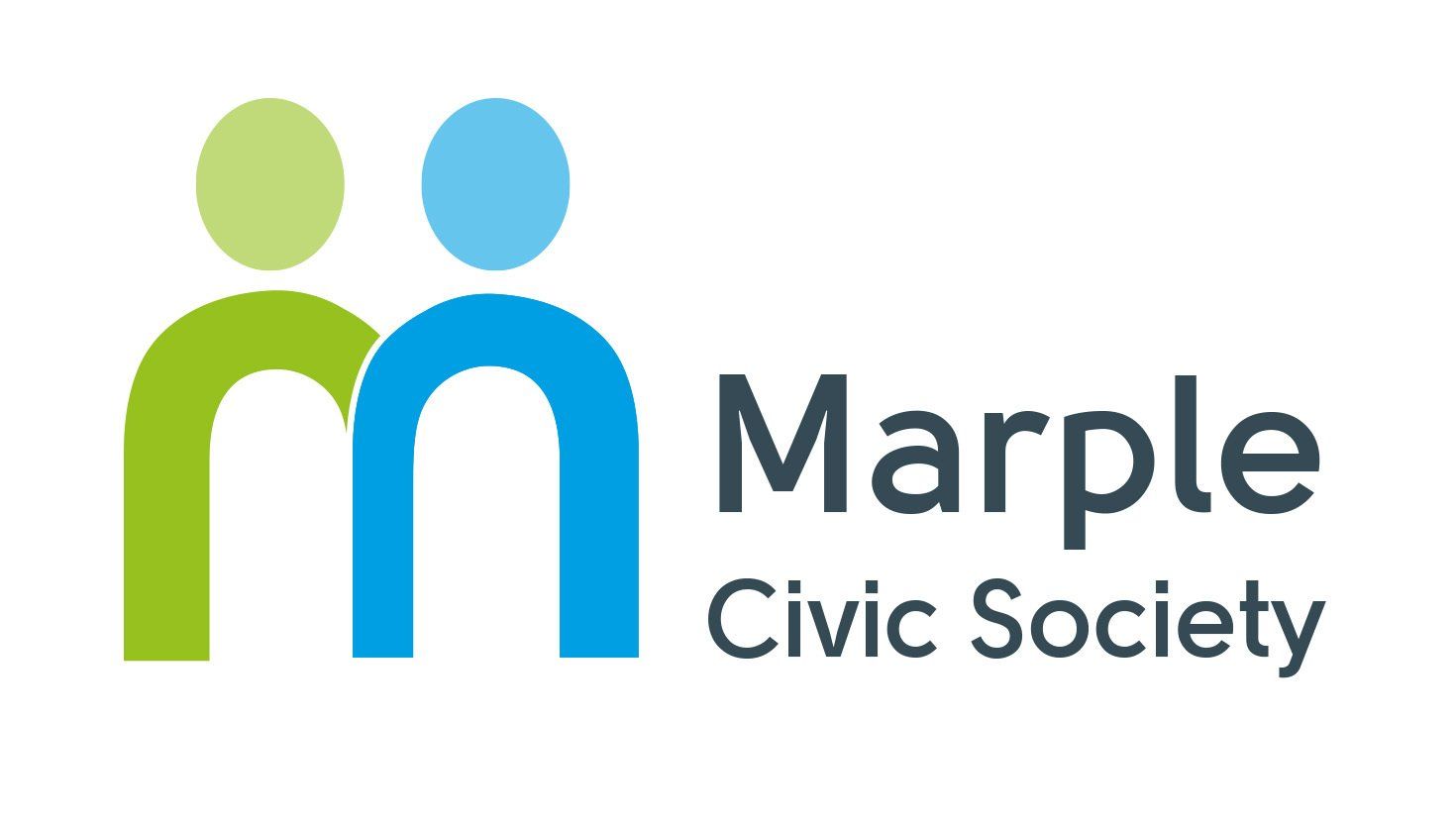
Making Marple Better Together
Marple Heritage
Heritage is the name we give to what we inherit from the past. Heritage is the memory of what has taken place, the things we did and the choices we made that appear in our present lives as traces of that past. These traces appear as physical objects - all the buildings, roads, canals, parks, bridges, streets, railways, hedges, fences, walls, keep-left signs, lampposts, bollards, double yellow lines and more. Some of these traces will be private and exclusive, old family photos and baby's first tooth in a box and such, only to be found in our homes. Some will be public and shared by us all. Some of the traces will lie in our own private thoughts and memories, the evidence for which will be the stories we tell about ourselves and where we live.
Some objects of heritage are chosen by institutions such as SMBC, the National Trust and English Heritage for special attention because they are deemed to be objects of national or regional significance in our collective story. They have 'heritage value' and become known in the jargon as 'heritage assets'. They will be 'listed' or otherwise protected by law. Various societies and interest groups in the town often do a valuable job identifying objects with 'heritage value', and they may draw them to the attention of those institutions to have them formally listed or otherwise protected. Marple Civic Society has done this in the past and we shall continue to do so.
What goes missing in this process of formal recognition of objects that are 'heritage assets' is recognition of what we might call the world of everyday public heritage, those buildings and streets talked about above in which we live our everyday lives as we visit the town, live, work, shop, see a film or play, drink a coffee and watch Marple go by or just bump into people and talk to them and swap our stories - how we experience the place called Marple.
This is a gap we, Marple Civic Society, wish to fill. We want to explore everyday Marple, the townscape (the urban form of landscape) in which people live their lives. To add to the record of the physical environment, which is there for all to see, we want to find out from people what they think of the patchwork of buildings and spaces, old and new, what they value as 'assets', and get a picture of all the activities that go on in the town that animates the physical environment - and get people to tell us their stories. Our record of Marple heritage will emerge from the mix of opinions of everyone in Marple who wish to join in the conversation about what it is and what it means to them.
Every day we make anew tomorrow's heritage so this process can never stand still and must be constantly updated. It is more like a film than a photograph.